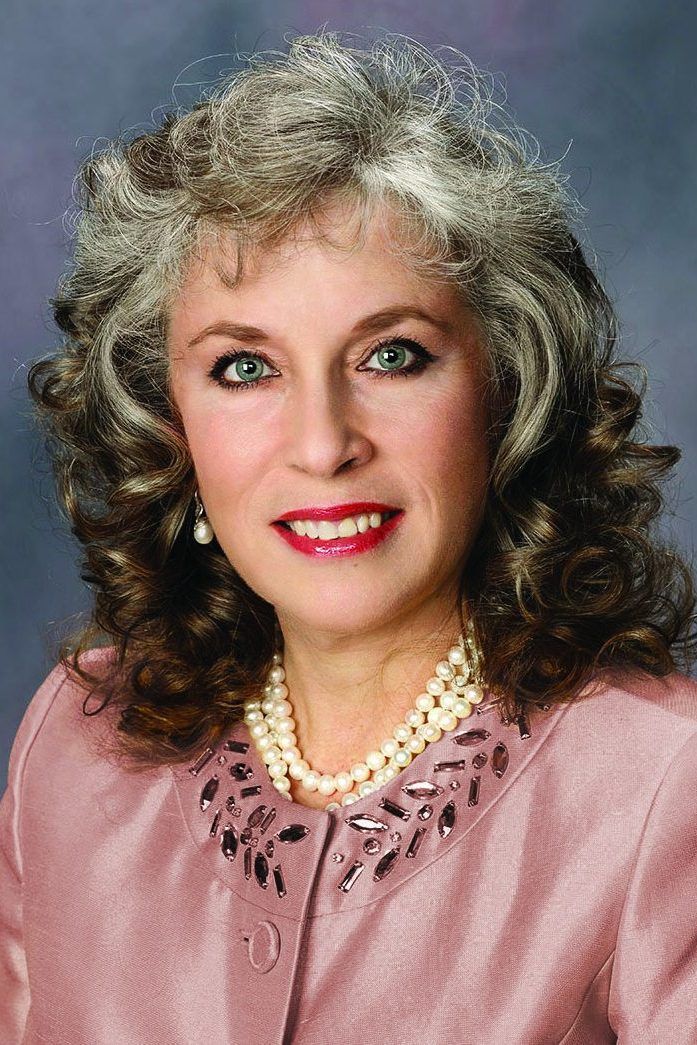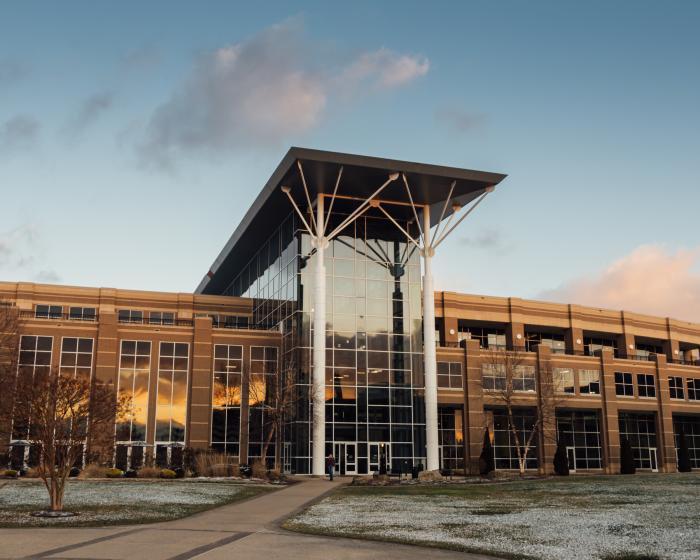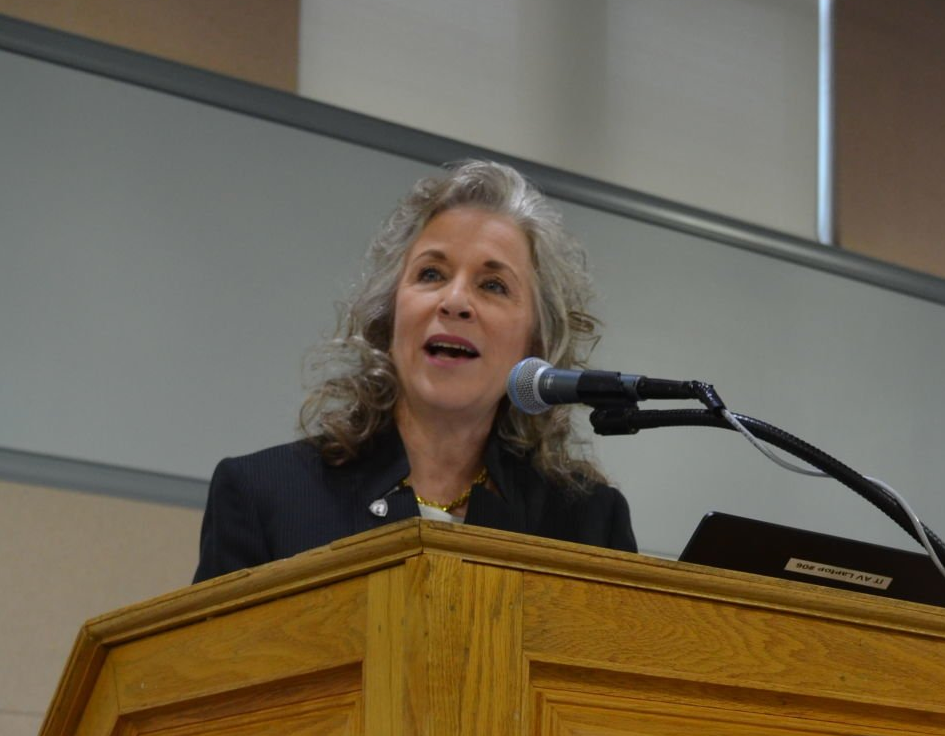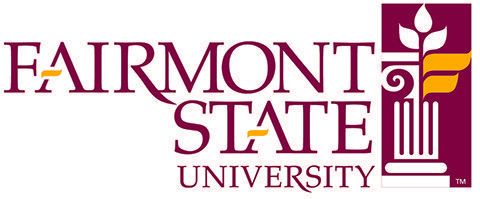Opportunities Expand Knowledge: Diversity and Cross-Border Education

Recently, I have been working with former Mexican President Vicente Fox and Centro Fox as his Senior Adviser for Education. For those unfamiliar with Centro Fox, it is the Vicente Fox Center of Studies, Library and Museum, a presidential history center founded by former President of Mexico Vicente Fox in San Cristóbal near his ranch in Guanajuato, Mexico.
A primary goal of President Fox is to deliver transformational opportunities in central Mexico through access to education – to provide young people an economically viable alternative to the often-illicit opportunities surrounding them. Centro Fox and its supporters are committed to providing a better future through higher education. This mission is part of my DNA. Being an advocate for those who often do not have a voice is an obligation for me.
My time working with Centro Fox reinforces my belief that the education we need – one that allows us to build an innovative and entrepreneurial culture, one that differentiates us and creates the best programs and services on a world-wide scale -- must include people who reflect a broad spectrum of demographics and people who reflect a broad spectrum of experiences and ideas.
There is a myriad of opportunities that present themselves when we actively seek to unite our expertise and talent with those of other lands and cultures. Our creativity; our openness to innovation; our ability to ensure that we offer high-quality education throughout – including through cross border programs – that’s how we will engage and meet the needs of the students, employers and communities that we serve.
There is something exceptional about cross border engagement and education. There is an entrepreneurial energy, a sense of unity, a commitment to academic rigor and student success, a commitment to service, a commitment to communicate openly and to expand our minds and opportunities so that the new generation of leaders of the world can learn together and lead together; in peace.
This re-envisioning of education creates institutions where very different people are encouraged to contribute their unique perspectives – one that promotes the free exchange of ideas, one that recruits and maximizes talent from all walks of life, and one that fuels and supports high performance.
In a December 2013 article in the Harvard Business Review , Sylvia Ann Hewitt, Melinda Marshall, and Lauren Sheldon of the Center for Talent Innovation identified what they coined “two-dimensional diversity.”
The first dimension incorporates the traditional traits associated with diversity - inherited traits such as gender, ethnicity, or sexual orientation. Their study then went on to identify a second dimension of diversity they called acquired diversity. Acquired diversity includes traits you gain from experience; for example, things you learn from your career, from your studies, or from living and going to school in different places. What Hewitt, Marshall, and Sheldon found was companies that possess more than one dimension of diversity outperformed and out-innovated those that did not.
Global entrepreneur Richard Branson says his companies intentionally employ people with different backgrounds, different nationalities, viewpoints, skills and personalities. The results according to Branson, are “teams that can spot opportunities, anticipate problems, and innovate solutions.” Isn’t this what we strive for through cross border engagements? Isn’t this the type of education we need to provide as we face unprecedented global and demographic challenges?
In the 21st century, cross border education must be welcomed as a valuable strategic asset; a competitive advantage, a growth enabler. Cross border education is about people; about their thoughts, their experiences. We need to unleash our universities to act entrepreneurially and to become effective agents of economic development, knowledge transfer, and applied research.
Today, through cross
border engagement we are creating a stronger
community
that will encourage problem solving and tolerance; encourage cooperation and
critical review; support personal and professional growth, and create new
global leaders.
With technology and the exponential rate at which the world is changing, we don’t have a lot of time to change our view of cross border programs and their importance to providing a global education. We all must accept their importance as an imperative for global success. We must capitalize on the advantages of cross border engagements to develop innovative solutions, drive growth, and provide programs and services that exceed our students’ and our clients’ expectations.
IBM executive Ron Glover said, “Innovation is about looking at complex problems and bringing new ideas to the table.” Isn’t that what education is all about? Isn’t that what cross border engagement is all about? With the unprecedented challenges facing the future of higher education, entrepreneurship and innovation highlighted through cross border engagements will differentiate institutions that thrive from those will no longer survive.
Engaging individuals from diverse cultures, values, and nationalities is no longer a “nice to have” thing on university campuses across the world; it’s a “must have.” It’s indispensable to our future – and for the future of our world. We have great opportunities ahead; opportunities to shape the world through international partnerships and cross border engagements. It’s our responsibility to seize the moment; to charge ahead and to educate the next generation of leaders; the next generation of global leaders.
Mirta M. Martin








